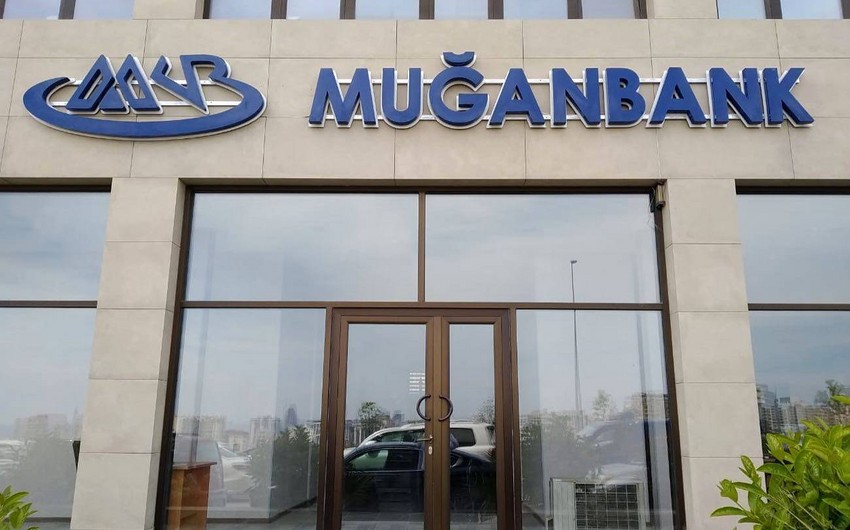S&P Global Ratings has revised its outlook on Azerbaijan-based Muganbank OJSC to stable from negative and affirmed the ‘CCC+/C’ long- and short-term issuer credit ratings, Report informs referring to S&P.
The agency revised the outlook to stable from negative because the bank’s funding and liquidity profile have become more stable over the past three months.
‘Furthermore, Muganbank’s liquidity has strengthened during the same period, supported by a more stable deposit base and funds from the central bank. Liquid assets stood at Azerbaijani new manat (AZN) 97 million as of Feb. 19, 2021 (about 15% of total assets). The bank remained in compliance with the quick liquidity regulatory ratio in January 2020–February 2021. It has maintained the ratio consistently above 40% since early December 2020 against the minimum of 30%, and it was 77% on Feb. 19, 2021,’ reads the message.
S&P analysts assume that Muganbank can maintain sufficient liquidity in 2021, supported by the more stable deposit environment.
‘We do not envisage significant deposit outflows after the government’s unlimited guarantee for retail deposits in the system expires on Apr. 4, 2021. If the unlimited guarantee is not extended, the guaranteed amount will reduce to AZN100,000 (about $58,800) per person. Only about 15% of Muganbank’s deposits are above this amount, and some of them are to related parties, which we consider to be less confidence sensitive,’ reads the report.
Muganbank recorded a loss of AZN2.2 million before provisions for 2020 under local accounting standards. It decided to increase deposit rates in 2020 to contain deposit outflows, which negatively pressured its profitability.
Muganbank’s performance under International Financial Reporting Standards (IFRS) could be significantly weaker, owing to differences in provisioning.
As of year-end 2020, Muganbank’s regulatory capital adequacy ratios were well above the minimum. The Tier 1 ratio was 15.3% versus the minimum of 5%, and the total capital adequacy ratio was 18.7% versus the minimum of 10%.
‘We expect the bank will remain compliant with local regulatory ratios, even though we expect our risk-adjusted capital ratio (RAC) to remain very low, at about 1%, in 2021. The wide gap between the RAC ratio and the local regulatory ratio indicates higher provisions under IFRS versus regulatory provisions. Stage 3 loans reduced to about 18% at year-end 2020 from 26% at year-end 2019, mainly due to write-offs and sales of problem loans to pensioners to other banks,’ reads the message.
‘Improvements in liquidity notwithstanding, we believe that Muganbank’s business model remains fragile and may require majority shareholder support. We understand that Muganbank is planning to review its strategy in the coming months to tackle its low profitability metrics and growth plans,’ S&P noted.
The stable outlook reflects S&P’s expectations that the recovering macroeconomic environment in Azerbaijan will be supportive to the bank’s stability and that Muganbank will be able to maintain sufficient liquidity and will not experience material customer deposit outflows in the next 12 months.
‘We could take a negative rating action over the next 12 months if Muganbank’s liquidity weakens due to resumed deposit outflows and the outflows are not fully and on time compensated by support, either from the bank’s shareholder or the Central Bank of Azerbaijan as lender of last resort,’ S&P analysts added.
S&P could take a positive rating action in the next 12 months if the bank demonstrates a track record of adequate liquidity, the stability of retail deposits following the transition from the full deposit guarantee in April 2021, a positive trend in asset quality through further reduction of legacy NPLs, strengthening capitalization through increased retained earnings and/or a capital injection; and a budding track record of its new medium-term strategy that aims to make its business model profitable and sustainable.


 https://static.report.az/photo/e777e8bb-8dd6-311e-a593-8c939f4e84b2.jpg
https://static.report.az/photo/e777e8bb-8dd6-311e-a593-8c939f4e84b2.jpg

